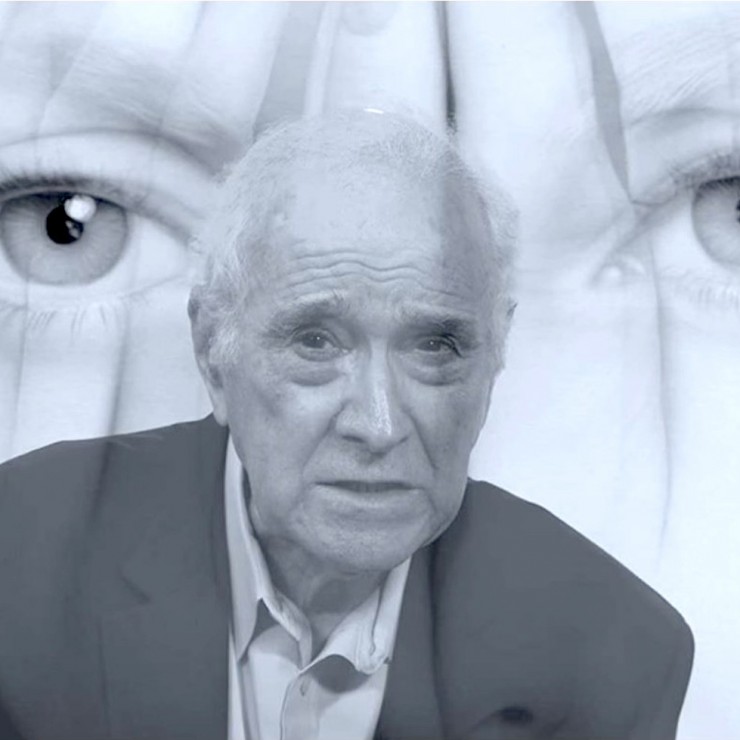Exhibitions
New York, New York 10012
212.475.4524

Varieties of Figurative Experience
In 1913, in “Reminiscences/Three Pictures,” Wassily Kandinsky described an experience that “shook me to the depths of my being”: “previously I had known only realistic art,” but “suddenly, for the first time, I saw a picture”— “The Haystack by Claude Monet.” “That it was a haystack, the catalogue informed me. I didn’t recognize it…I had a dull feeling that the object was lacking in this picture...And, albeit unconsciously, objects were discredited as an essential element within the picture.” In 1935, in a “Conversation,” Pablo Picasso famously stated: “A picture used to be a sum of additions. In my case a picture is a sum of destructions.” While Barnett Newman opined, “The impulse of modern art was this desire to destroy beauty”.
Taken together, these remarks epitomize avant-garde art’s hatred of traditional art, more particularly of representational art—art that engages objects in external reality rather than feelings in internal reality, to use Anna Freud’s distinction. The more disturbing the feelings—what begins with Cézanne’s disquieting anxiety ends in Van Gogh’s self-destructive torment--the more authentic the art. As Harold Rosenberg wrote, the foundation of avant-garde art was laid by the School of Paris, the School of New York building upon it, institutionalizing what he called “the tradition of the New,” which replaced what Baudelaire called the “great tradition,” that “habitual, everyday idealization of ancient life” and the “gravity” accorded “each individual.”

I think the best way of understanding non-objective art is by way of the psychoanalyst Michael Balint’s theory of “narcissistic withdrawal” whereby non-objective art cleansed the temples of objective art in the pursuit of purity, but ended up making them unfit for worship, desecrating them beyond recognition. According to Balint, “there is a great danger inherent in this narcissistic preoccupation, and this is the danger of regression. “
Avant-gardism has had its destructive day, traditionalism is beginning to experience its reconstructive day. It has the resources of the “grand tradition,” and, more crucially, it is grounded in respect for the human form, realizing the primacy of the body, the first object, as Freud said.
“The past is not dead. In fact, it’s not even over,” William Faulkner said.
It is a point the works in this exhibition make.
